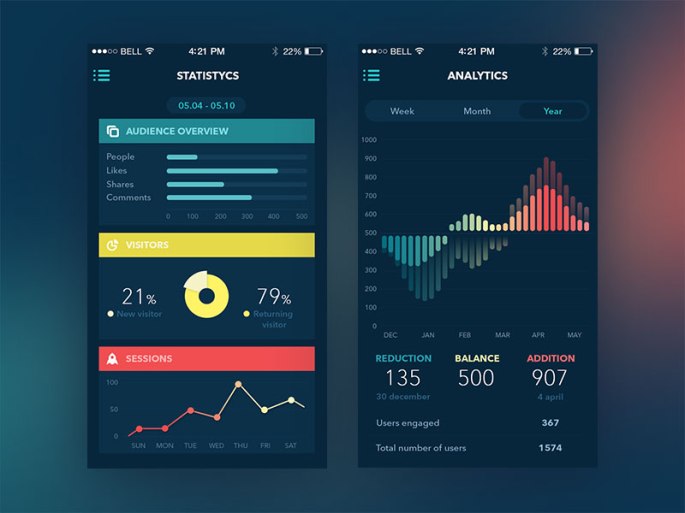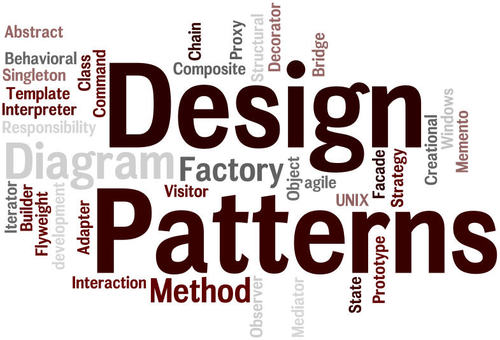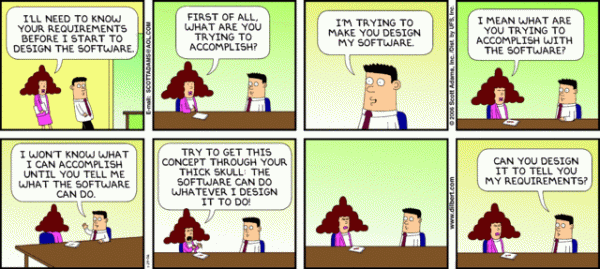Well, this time its time to say Thank you. In our lives, we can regret plenty of different things. But I am sure one of the biggest regrets you, me and I will have, are also the most difficult ones. Not saying things on time.

Always be sure to say what you feel. Either you are happy, sad, angry, even hungry. Shout it. Never shut it up. This is really a small post but what I am feeling, what I want to say is:
THANK YOU KEN. THANK YOU FOR BEING THIS AWESOME TEACHER THAT GETS OUT THE ROUTINE TO TRY TO TEACH US SOMETHING BIGGER THAN A SIMPLE SCHOOL SUBJECT. YOU TRIED TO TEACH US A LIFE LESSON (AS IS SELF-LEARNING AND RESPONSIBILITY TO SAY AN EXAMPLE).
I CAN SAY FROM EVERYONE THAT WE ALL HAD GROWN ON A WAY. SOME PEOPLE MORE THAN OTHERS BUT AT THE END IS LEARNING AND GROWING WHICH IS THE IMPORTANT THING IN LIFE.
ALWAYS KEEP MOVING, ALWAYS KEEP LIVING, EXPLORING, LEARNING. HAVE THAT CHILD SOUL AND REMEMBER, IF THINGS ARE NOT SO GOOD; NO WORRIES. SOON EVERYTHING IS GOING TO BE ALL RIGHT.
YOU HAVE A FRIEND IN ME
Feel romantic? You should listen to this




 .
.




 There are several basic design principles that enable the software engineer to navigate the design process:
There are several basic design principles that enable the software engineer to navigate the design process:


